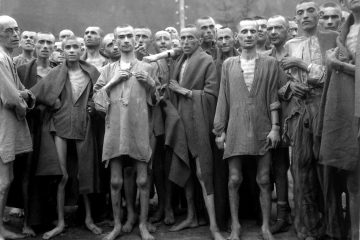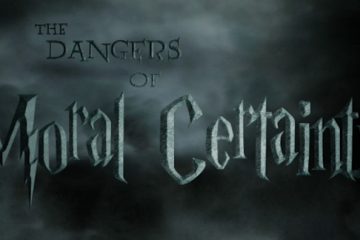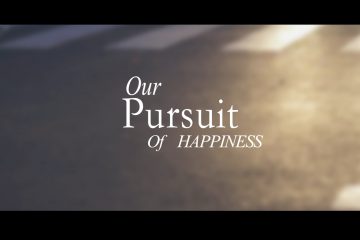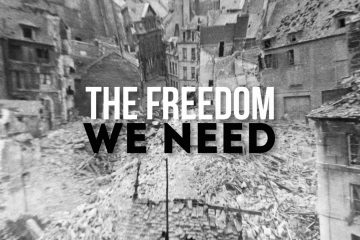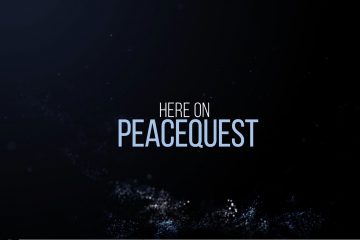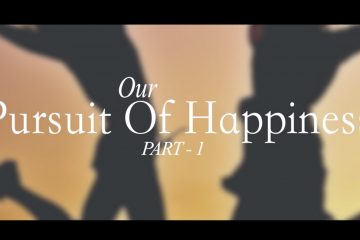Abid Ullah Jan
“We” first approach is the key ingredient for the success of the evolving collective Impact work for P/CVE in Ottawa.
In the wake of rising extremism and hate crimes, the Chief of Ottawa Police, the Mayor’s office, Yasir Naqvi – the then MPP – and the chair of OLIP Network approached United Way Ottawa in February 2017 for a mechanism:
1) to respond to groups and organizations in the community who are active in preventing hate crime through diversity, inclusion and integration of services perspective,
2) to find ways to support and champion that work,
3) to engage those who not currently involved,
4) to engage passive supporters who need information and opportunity and
5) to identify disenfranchised and vulnerable groups who stand in opposition to efforts at diversity and inclusion.
United Way has since taken a lead on convening and engaging the right partners. We have made considerable progress. We have been able to identify key areas for improvement and making progress, and have learned some lessons that other cities/municipalities might find interesting.
We are still at a very early age of establishing a framework and structure of a collaborative – a Collective Impact initiative – that will help us achieve the common agenda of preventing hate crimes and violent extremism in Ottawa.
The key to success in the evolving collective impact for CVE is the “we” approach. There is a critical role for all the partner organizations and coalitions. No one individual and no single organization or a department within an organization can achieve the impact that we all want to see.
Putting “we” first will help us see the bigger picture and the kind of framework we need to make a real difference on this important issue.
Fast forward two year and we can say we have become to see the bigger picture: As a result of several one on one conversations, meetings, group discussing and a mapping exercise to identify the common issues and key players in the game, this video describes the bigger picture and potential structure of a collective impact initiative.
The community is at the heart of the bigger picture along with key stakeholders, a continuum of issues, related support mechanism – social and community development programs – and, most importantly, the gaps that we need to fill to develop a collective CVE response:
In terms of key actors/stakeholders, we have 24 organizations representing faith community, social services sector, human rights organization, funders, housing agencies, resource centres and community centres coalitions, crime prevention Ottawa, Ottawa police and crime prevention Ottawa.
In terms of the continuum of issues, we know that the role the social services sector is to prevent the disorganized crime and petty issues at the early age of the young population. The leadership also understands the work of criminal justice at the other end of the spectrum.
In terms of response and existing programs we have prevention, early intervention, incidents, gang violence (all opportunistic, disorganized – kids just being stupid, kids being unoccupied, get getting influenced); organized individuals and groups – that’s where we get to the hate crimes and extremism, and finally we have the criminal justice.
The questions we are facing is how to identify the troublemakers early enough and how to engage address those who act in an organized manner before it’s too late. That’s where the focus of the response should be. The response should come up with strategies to shape the early intervention strategies upstream to change to support or reduce the work needed at the intervention/law enforcement stages which in most cases is way too late to handle.
Please watch the video for details.









